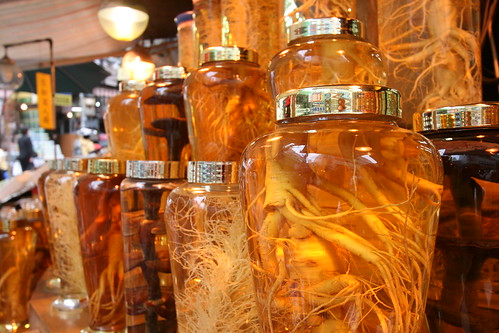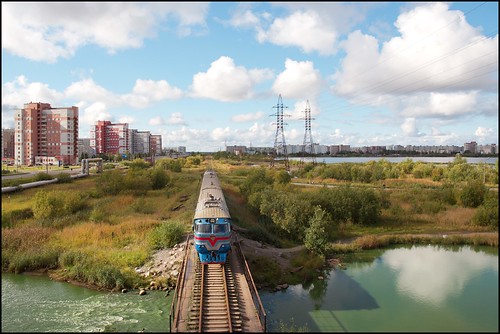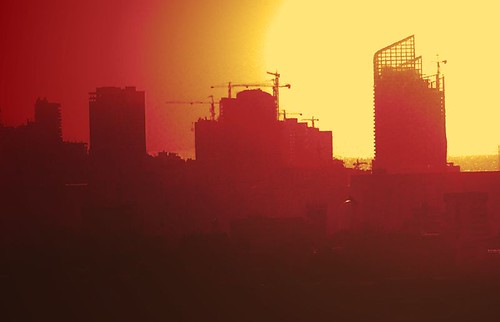Jeepney
At least one resident of Manila is sick of his city's portrayal in popular media. Carlos Celdran, a tour guide in Manila, expressed his anger at outsiders who come to the Philippines in search of only poverty, slums, and desperation. In response to a photographer searching for Manila's "bat people" he wrote,
" I have always been so confused about why is it that the negative side of Manila is what a lot of photographers and journalists are interested in. My request to these people in the past to show a balanced picture of Manila (a good side, as well as a bad one), has always been met with confused stares. It's as if Philippine middle class values, arts, heritage, and beauty in the "normal" sense isn't beautiful to them or worse, it won't sell. To many, the Philippines has become the cliche/easy picking for the grotesque and I will not enjoin this cause. Once again, my apologies if I offended you or seem a little politicized or upset, but poverty and bat people is NOT ALL that we are about." (via MetaFilter)The photograph above is a "Jeepney." At the end of World War II, the American military abandoned hundreds of jeeps on the main island of the Philippines. Lavishly decorated and often crammed full of passengers these vehicles act like buses on the streets of Manila.
The name "Manila" derives from the Tagalog word "maynilad", a reference the white mangrove-like plants named "nilads". Spanish conquistador Miguel López de Legazpi took over Manila in 1570 ousting the Muslim Sultanate that originally settled it. Since that time the city had been under the control of the British and Americans before gaining independence in 1946.





